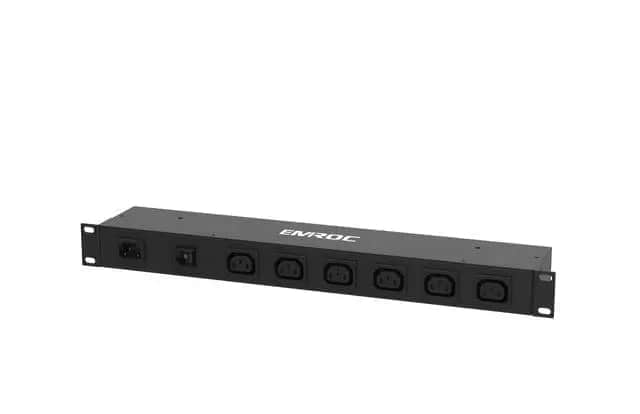
Power Distribution Units (PDUs) play a crucial role in managing and distributing electrical power within data centers, server rooms, and other critical infrastructure facilities. These devices serve as the backbone of power distribution, ensuring reliable and efficient electricity supply to numerous equipment and devices. In this article, we will explore the technical aspects of PDUs, their key features, and their significance in maintaining uninterrupted operations.
- PDU Types and Configurations PDUs come in various types and configurations to suit different power requirements and setups. Basic PDUs provide a straightforward power distribution solution, while intelligent PDUs offer advanced monitoring and management capabilities. Rack-mounted PDUs and floor-standing PDUs are commonly used to accommodate different installation preferences.
- Power Capacity and Load Balancing PDUs are designed to handle specific power capacities, ranging from a few amps to several hundred amps. Proper load balancing is essential to ensure that the power distribution remains efficient and avoids overloading any individual circuit. PDUs equipped with intelligent monitoring features can provide real-time insights into power consumption, enabling administrators to optimize load balancing and prevent power-related issues.
- Remote Monitoring and Control Intelligent PDUs often include remote monitoring and control features, allowing administrators to access and manage the power distribution infrastructure from anywhere. Through a centralized management interface, administrators can monitor power usage, perform remote power cycling, set up alerts for abnormal power consumption, and even schedule power sequencing for specific devices. This remote accessibility enhances operational efficiency and reduces the need for physical intervention.
- Redundancy and Failover Protection To ensure continuous power availability, redundant PDUs are deployed. Redundancy can be achieved by connecting PDUs to multiple power sources or using dual-corded devices. In case of a power failure, redundant PDUs seamlessly switch to an alternate power source, preventing downtime and minimizing the impact on critical operations. Redundancy and failover protection are vital for industries that rely heavily on uninterrupted power supply, such as banking, healthcare, and telecommunications.
- Environmental Monitoring and Efficiency Advanced PDUs may feature environmental sensors to monitor factors like temperature, humidity, and airflow. This information helps maintain optimal conditions for equipment operation, preventing overheating and potential equipment failures. Additionally, energy efficiency is a growing concern, and many PDUs are designed to minimize power wastage through features like power factor correction (PFC) and intelligent load shedding.
Conclusion Power Distribution Units (PDUs) are indispensable components in modern power distribution infrastructure. With their diverse types, intelligent features, and remote management capabilities, PDUs ensure efficient power distribution, optimal load balancing, and failover protection. By incorporating environmental monitoring and energy efficiency features, PDUs contribute to the overall reliability and sustainability of critical infrastructure facilities. Understanding the technical aspects of PDUs enables us to make informed decisions in selecting the appropriate units for specific requirements, ultimately leading to enhanced operational performance and minimized downtime.
Добавить комментарий